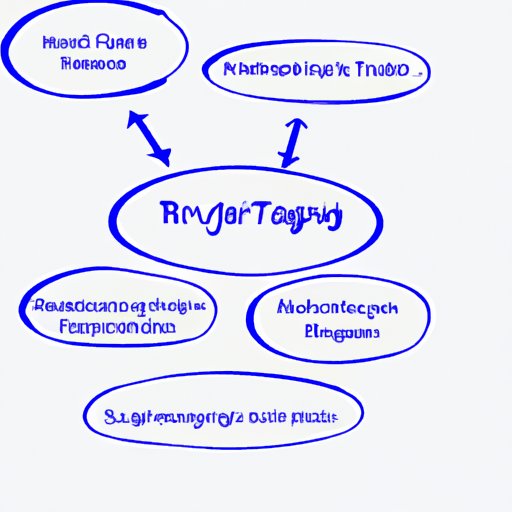Introduction
Being reactive is a common problem that many people struggle with. It can be defined as an automatic response to external events or stimuli that can lead to impulsive decisions or behaviors. Reactivity can have serious implications in both personal and professional settings and it’s important to learn how to manage it. This article provides eight steps to help you stop being reactive.
Identify Your Triggers
The first step in managing reactivity is to identify the triggers that cause your reactions. Understanding the causes of your reactions can help you better control them in the future. Start by taking note of the situations that tend to trigger your reactions. Consider the physical environment, the people involved, and the emotions that arise. Noticing patterns in your reactions can help you pinpoint the underlying causes.
Engage in Self-Reflection
Once you’ve identified the triggers of your reactions, it’s time to engage in some self-reflection. This involves assessing your reactions and examining your emotional state. Think about why you reacted the way you did and what could have influenced your behavior. Ask yourself if there was a better way to handle the situation. It’s important to be honest with yourself and accept responsibility for your actions.
Practice Self-Awareness
To effectively manage reactivity, it’s important to practice self-awareness. This means identifying your triggers and understanding your emotions. When you become aware of your triggers, you’ll be better equipped to handle them in the future. Additionally, it’s important to understand your emotions so you can respond to them in a productive manner.
Develop Positive Coping Strategies
Once you’ve identified your triggers and practiced self-awareness, you can start to develop positive coping strategies. Learning new ways to respond to situations can help you manage your reactions more effectively. Additionally, focusing on self-care can help reduce stress and improve your overall well-being.
Take Timeouts
Taking regular timeouts can also help you manage reactivity. This involves taking breaks from stimuli and establishing a routine for relaxation. Taking timeouts allows you to step away from the situation and gain perspective. It also gives you the opportunity to practice mindful breathing and other relaxation techniques.
Develop Healthy Boundaries
Developing healthy boundaries is another key step in managing reactivity. Setting limits with others and respecting your own needs can help you stay in control of your reactions. This means saying “no” when necessary and recognizing when you need to take a break. Establishing boundaries can help you maintain your sense of self and keep your reactions in check.
Seek Professional Help
If you find that you’re unable to manage your reactivity on your own, it’s important to seek professional help. Exploring treatment options and finding supportive resources can make all the difference. Working with a qualified therapist can help you gain insight into your reactions and develop effective strategies for managing them.
Conclusion
Managing reactivity can be challenging, but it’s possible with the right tools and strategies. The key is to identify your triggers, engage in self-reflection, practice self-awareness, develop positive coping strategies, take timeouts, establish healthy boundaries, and seek professional help when necessary. By following these steps, you can learn to stop being reactive and take back control of your life.
(Note: Is this article not meeting your expectations? Do you have knowledge or insights to share? Unlock new opportunities and expand your reach by joining our authors team. Click Registration to join us and share your expertise with our readers.)
